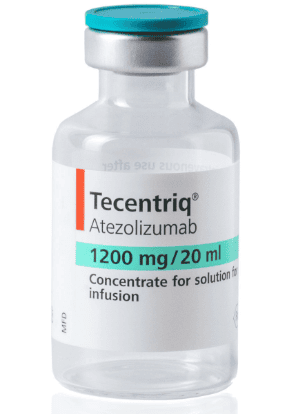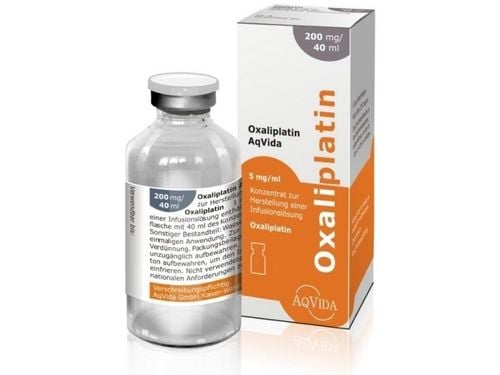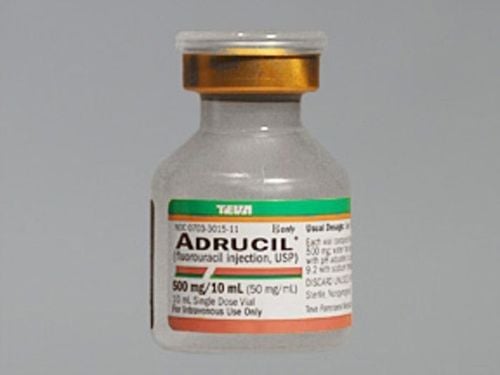This is an automatically translated article.
The article was professionally consulted by Specialist Doctor I Tran Van Sang - Dermatologist - Department of Medical Examination & Internal Medicine - Vinmec Danang International General HospitalSweet's syndrome is a rare, well-known syndrome. So what is sweet syndrome, is sweet syndrome dangerous, and how to treat it, let's find out through the article below.
1. What is sweet syndrome?
Sweet's syndrome - also known as febrile neutropenic skin disease - is an uncommon dermatological condition. The main signs of Sweet's syndrome include fever and painful, painful lesions on the skin, mostly in the arms, neck, head, and trunk.
The exact cause of sweet's syndrome is not clear. In some cases, Sweet's syndrome begins after an infection, after having certain diseases or using certain drugs such as white blood cells, antibiotics, antiepileptic drugs, high blood pressure, oral contraceptives. , retinoid... Sweet's syndrome is also associated with malignancies: hematologic malignancies, breast carcinomas, gastrointestinal tract...
The most common treatment for sweet's syndrome is to use taking oral medications that contain corticosteroids (eg, prednisone). Signs and symptoms usually disappear a few days after starting treatment, but the biggest problem is that Sweet's syndrome often recurs.
2. What are the signs and symptoms of sweet's syndrome?
The main presenting symptom of Sweet's syndrome is red, purple, firm, firm papules that tend to join together into well-demarcated patches, in the middle tend to heal to form a bunion or polyarche. . Common sites: face, neck, upper extremities, often asymmetrical. Lesions may appear on the trunk and lower extremities. Edema in the superficial dermis leads to a “pseudo-bubble” appearance. There may be bullous lesions. They usually appear suddenly after a fever or an upper respiratory tract infection. These nodules grow very rapidly, increasing in size and spreading as red patches up to 2.5 cm (~1 inch) in diameter, which are very painful.If redness, pain, rapid growth and enlargement are observed, see a doctor as soon as possible for appropriate intervention.
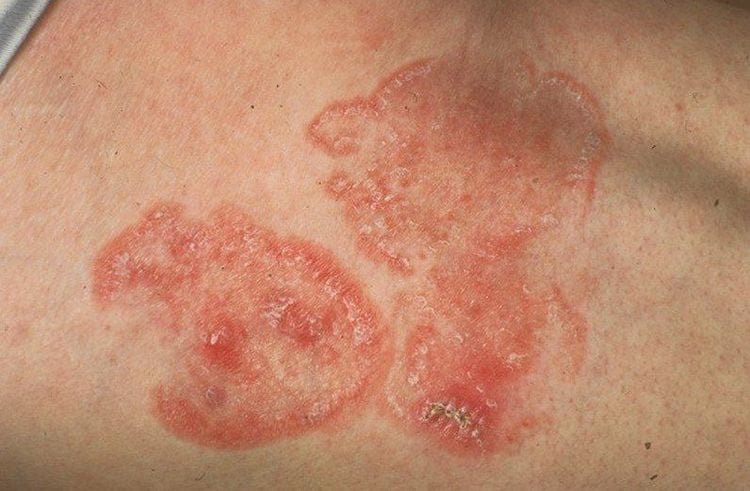
3. What causes sweet syndrome?
In most cases, the cause of Sweet's syndrome cannot be found. Often sweet's syndrome is associated with cancer, and most commonly leukemia.Sometimes sweet's syndrome is associated with a solid tumor, such as breast or colon cancer. Sweet's syndrome can also be the body's response to certain medications, especially those used to stimulate white blood cell proliferation.
4. Risk factors for sweet . syndrome
Although sweet syndrome is rare, certain factors increase the risk of developing this syndrome, including:Gender: Sweet's syndrome is more common in women than in men. Age: Although Sweet's syndrome can appear at any age, from children to the elderly, it is most common between the ages of 30 and 60. Cancer: Sweet's syndrome may be associated with cancer, and most commonly leukemia. Sometimes sweet's syndrome is associated with a solid tumor, such as breast or colon cancer. Other health problems: Sweet's syndrome can appear after an upper respiratory tract infection, and many patients report having flu-like symptoms before the rash appears. Sweet's syndrome may also be linked to inflammatory bowel disease. Pregnancy: Some women develop Sweet's syndrome during pregnancy. Hypersensitivity to therapeutic drugs: Sweet's syndrome may result from hypersensitivity to therapeutic drugs. Certain medications have been associated with the occurrence of sweet's syndrome, including azathioprine (Azasan, Imuran), leukocyte colony-stimulating factor (granulocyte colony-stimulating factor). , certain antibiotics, and some nonsteroidal anti-inflammatory drugs.
5. Possible complications of sweet . syndrome
Skin lesions caused by Sweet's syndrome are at risk of infection, so patients should follow their doctor's instructions for wound care.In cases where Sweet's syndrome is related to cancer, the appearance of lesions in Sweet's syndrome is also the first sign of cancer (new or recurrent).
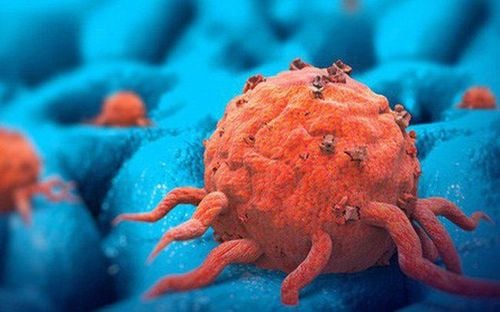
6. How is sweet's syndrome diagnosed?
Basically, a dermatologist can diagnose sweet syndrome based on clinical examination only. However, the patient is still prescribed by the doctor to conduct some tests to differentiate other diseases with similar symptoms, as well as to find the cause of Sweet's syndrome. These tests include:
Blood tests: after the patient's blood is drawn, this blood sample will be taken for testing to check for abnormal white blood cell proliferation, as well as to check for disorders. other hematological disorders. Skin biopsy: a tissue sample of the lesion will be taken and examined, to determine if it has the characteristic abnormalities of Sweet's syndrome.
7. Treatment of sweet . syndrome
Sweet's syndrome may go away on its own without any treatment. However, treatments can greatly shorten the duration of the disease.The most common treatment for sweet's syndrome is the use of corticosteroids in different forms, namely:
Oral drugs: oral corticosteroids (such as prednisone) are very effective but not effects on the whole body. In clinical practice, this is the most commonly used form of drug for Sweet's syndrome (unless there is little skin damage and the lesion is not severe). Prolonged use of oral corticosteroids may have undesirable effects, such as weight gain, insomnia, and osteoporosis. Creams or lotions: These usually work only locally, but can cause thinning of the skin. Injection: Another route of administration is to inject a small amount of drug directly into the lesion (but less feasible in patients with a large number of lesions). Sometimes other drugs will be indicated for the treatment of patients, usually for those who cannot take corticosteroids long-term. Those medications may be:
Dapsone Potassium iodide Colchicine (Colcrys, Mitigare)
Please dial HOTLINE for more information or register for an appointment HERE. Download MyVinmec app to make appointments faster and to manage your bookings easily.
Article referenced source: mayoclinic.org





